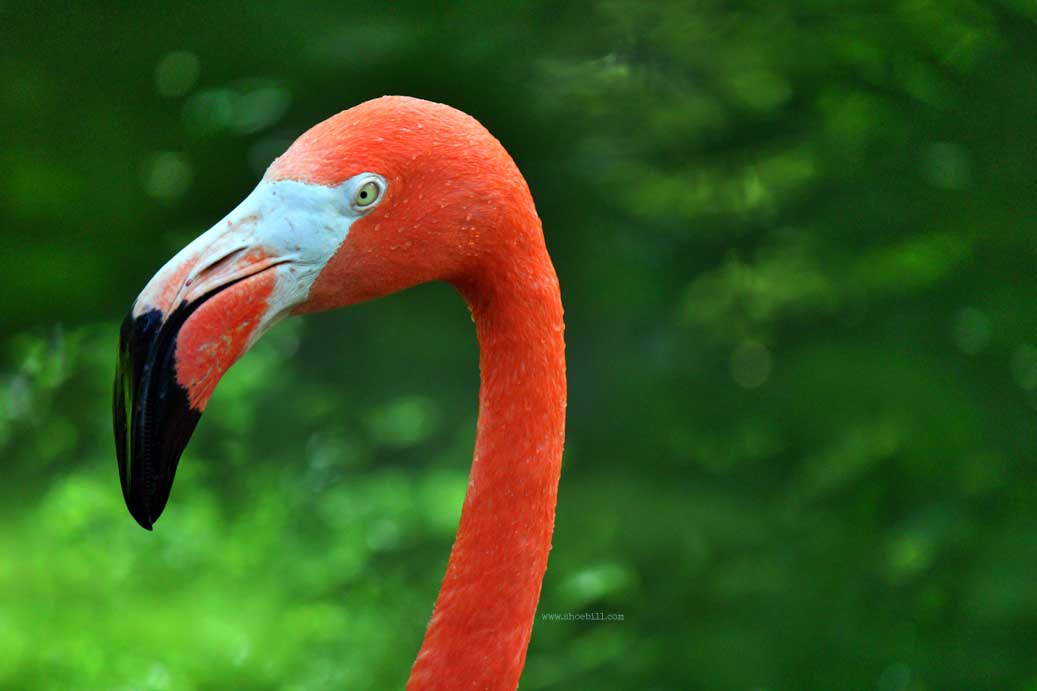Flamingo

The flamingo is a type of bird known for its distinctive pink coloration, long legs, and curved beak. These birds are commonly found in warm, tropical regions around the world, often in large flocks near bodies of water. Flamingos are known for their elaborate courtship displays, which involve synchronized dancing and group feeding. They are also filter-feeders, using their unique beaks to strain water and mud for tiny organisms like algae and brine shrimp. Unfortunately, many species of flamingo are threatened or endangered due to habitat loss, pollution, and other human activities.
How many types of flamingos?
Flamingos are a fascinating group of birds known for their vibrant plumage and unique behaviors. There are six recognized species of flamingos, each with its own distinctive characteristics:
- Greater Flamingo (Phoenicopterus roseus):
- The Greater Flamingo is the largest and most widespread species of flamingo. It is found in various habitats across Africa, southern Europe, southwestern Asia, and parts of the Indian subcontinent.
- Their plumage is predominantly pink with a white or pale pink neck, black-tipped wings, and a distinctive downward-curving bill.
- Greater Flamingos typically inhabit shallow coastal lagoons, estuaries, and salt pans where they feed on crustaceans, algae, and small invertebrates.
- Caribbean Flamingo (Phoenicopterus ruber):
- Caribbean Flamingos are found in the Caribbean region, including islands such as Cuba, Hispaniola, the Bahamas, and parts of Central and South America.
- They have bright pink plumage, a deep pink bill with a black tip, and vibrant red legs.
- Caribbean Flamingos inhabit saline lagoons, mudflats, and coastal areas, where they feed on small crustaceans, mollusks, and algae.
- Chilean Flamingo (Phoenicopterus chilensis):
- Chilean Flamingos are native to South America, particularly the Andean region and parts of southern South America, including Chile, Argentina, Bolivia, Peru, and Paraguay.
- They have a lighter pink plumage compared to other species, with a distinctive dark pink or red band on their bill.
- Chilean Flamingos inhabit salt flats, alkaline lakes, and estuaries, where they feed on small invertebrates and algae.
- Andean Flamingo (Phoenicoparrus andinus):
- Andean Flamingos are found in the high-altitude Andean plateaus of South America, including Peru, Chile, Bolivia, and Argentina.
- They have pale pink plumage, a yellow bill with a black tip, and yellow legs.
- Andean Flamingos inhabit saline lakes, marshes, and wetlands at elevations of over 3,000 meters, where they feed on small invertebrates and algae.
- Lesser Flamingo (Phoeniconaias minor):
- Lesser Flamingos are primarily found in sub-Saharan Africa, with populations also occurring in parts of the Indian subcontinent.
- They have a darker pink plumage compared to other species, with a characteristic dark red bill that curves downward.
- Lesser Flamingos inhabit alkaline lakes, salt pans, and estuaries, where they feed on blue-green algae and brine shrimp.
- American Flamingo (Phoenicopterus ruber ruber):
- The American Flamingo is a subspecies of the Caribbean Flamingo and is found in the Caribbean region, as well as parts of Central and South America, including the Galapagos Islands.
- They are similar in appearance to Caribbean Flamingos, with bright pink plumage and red legs.
- American Flamingos inhabit coastal lagoons, mudflats, and mangrove swamps, where they feed on crustaceans, mollusks, and algae.

